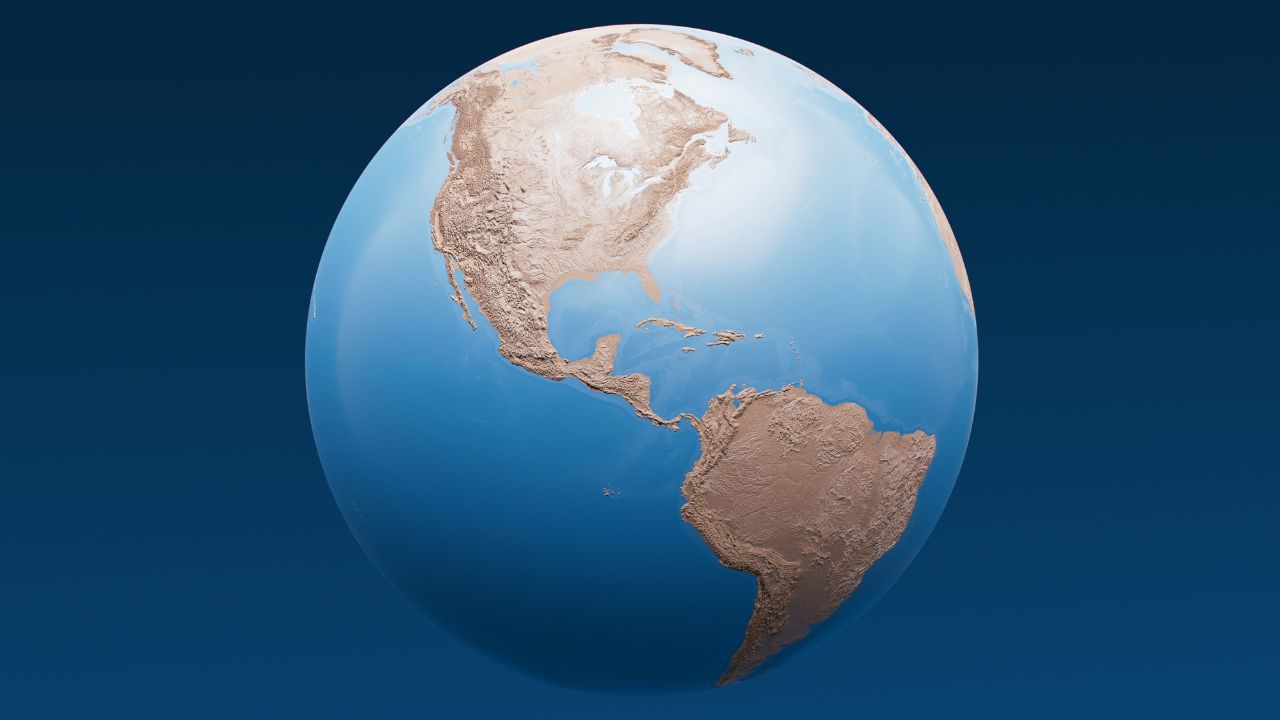Introduction to Geospatial Tools and Technologies
In today’s rapidly evolving landscape, geospatial tools and technologies are more crucial than ever. With the ability to analyze, visualize, and interpret spatial data, these tools empower businesses and individuals alike to make informed decisions. Whether you’re exploring vast terrains or managing urban development projects, understanding how to leverage these technologies can significantly enhance your capabilities.
Enter JR Geo a name that resonates with innovation in the realm of geospatial solutions. From mapping software to advanced analytics platforms, JR Geo serves as a gateway into the fascinating world of geography-based technology. As we dive deeper into this guide, you’ll uncover not only the advantages of using geospatial tools but also their diverse applications across various industries. Buckle up for an insightful journey through the essential elements that define modern geospatial practices!
Advantages of Using Geospatial Tools
Geospatial tools offer a plethora of advantages that transform how we analyze and visualize data. With the ability to map locations accurately, these tools enhance decision-making across various sectors.
One key benefit is improved efficiency. Tasks such as resource management and urban planning become streamlined when spatial analysis comes into play. This leads to quicker responses and optimized solutions.
Additionally, geospatial technologies enable better collaboration among teams. Shared visualizations foster communication, making complex information more accessible to stakeholders.
They also support predictive modeling by analyzing patterns in geographic data. This capability helps businesses anticipate trends and make informed strategic decisions.
The integration of real-time data allows organizations to stay agile in dynamic environments. The flexibility offered by geospatial tools ensures they remain relevant as conditions change.
Types of Geospatial Tools and Their Functions
Geospatial tools come in various forms, each serving unique functions. Geographic Information Systems (GIS) are pivotal for mapping and analyzing spatial data. They allow users to visualize data layers and perform complex queries.
Remote sensing tools capture information from satellites or drones. These tools are essential for monitoring environmental changes, urban development, and natural disasters.
Global Positioning System (GPS) technology offers precise location tracking. It’s widely used in navigation applications, ensuring efficient routing for transportation and logistics.
Additionally, 3D modeling software brings landscapes to life by simulating terrain features. This is particularly useful in urban planning and architectural design.
Web mapping services facilitate easy access to geospatial information online. They enable users to create interactive maps without needing extensive technical knowledge. Each tool plays a crucial role in understanding our world through a geographic lens.
Popular Geospatial Software
When it comes to popular geospatial software, a few names consistently stand out. ArcGIS by Esri is often at the top of the list. It offers robust tools for mapping and spatial analysis, making it invaluable for professionals across various sectors.
QGIS is another go-to option known for its open-source nature. Users appreciate its flexibility and extensive community support, allowing for tailored solutions without hefty license fees.
Google Earth Pro deserves mention too. With user-friendly features, it allows anyone to visualize geographic information easily while providing access to satellite imagery and 3D terrain data.
For those focused on remote sensing, ENVI stands out with advanced image processing capabilities that cater specifically to scientists and researchers working with aerial or satellite data.
These platforms all serve unique needs within the realm of geospatial technology, enhancing how we interpret our world through maps and data visualization.
Real-world Applications of Geospatial Technologies
Geospatial technologies are revolutionizing various industries. In urban planning, city officials utilize mapping tools to design efficient public spaces and transportation networks.
In agriculture, farmers leverage satellite imagery to monitor crop health. This data helps them optimize irrigation and improve yields significantly.
Emergency responders depend on geospatial tools during crises. Real-time mapping enables quick assessment of affected areas, streamlining rescue operations and resource allocation.
The retail sector harnesses these technologies for market analysis. Retailers analyze geographic customer data to identify ideal locations for new stores, enhancing their reach.
Environmental monitoring is another critical application. Scientists use geospatial tools to track climate change impacts and manage natural resources effectively.
These diverse applications showcase the transformative power of JR Geo in addressing real-world challenges across multiple sectors.
Challenges in Implementing Geospatial Tools
Implementing geospatial tools comes with its own set of hurdles. One major challenge is the high cost of software and hardware. Many organizations, especially smaller ones, struggle to justify these expenses.
Data quality and accuracy also pose significant issues. Inconsistent data sources can lead to unreliable results, making it difficult for users to trust their outputs.
Moreover, training staff effectively is crucial yet often overlooked. Without proper education on how to use these technologies, teams may underutilize valuable resources or make costly mistakes.
Integration with existing systems presents another layer of complexity. Organizations must ensure compatibility between new geospatial tools and current infrastructure for seamless operations.
Addressing privacy concerns related to location data adds an extra dimension of difficulty. Balancing innovation with ethical considerations has become increasingly important in today’s digital landscape.
Future of Geospatial Technologies
The future of geospatial technologies is bright and full of potential. As data collection methods advance, accuracy will increase dramatically. This precision opens doors for innovative applications across various industries.
Artificial intelligence and machine learning are set to transform how we analyze geospatial data. These technologies can uncover patterns that were previously invisible, enhancing decision-making processes in urban planning, agriculture, and disaster management.
Integration with the Internet of Things (IoT) will enable real-time data sharing among devices. Imagine smart cities where traffic flow is optimized based on live conditions or farms that adjust irrigation based on satellite imagery.
Moreover, the rise of augmented reality (AR) could redefine how users interact with geographical information. Visualizing complex datasets in 3D environments provides a more intuitive understanding of spatial relationships.
As accessibility improves and costs decrease, more organizations will harness these powerful tools in their operations—paving the way for smarter solutions to global challenges.
Conclusion
Geospatial tools and technologies have transformed the way we understand and interact with the world around us. From urban planning to environmental monitoring, these tools offer invaluable insights that enhance decision-making processes.
The advantages of adopting geospatial technologies are numerous. They enable organizations to visualize data in ways that traditional methods cannot, leading to better analysis and outcomes. With a variety of types available—ranging from GIS software to remote sensing tools—users can select solutions tailored to their specific needs.
Popular software like ArcGIS, QGIS, and Google Earth continue to dominate the market, providing powerful functionalities for users at all levels. These platforms help in mapping out complex datasets efficiently while ensuring accuracy.
Real-world applications showcase geospatial technology’s versatility. Industries such as agriculture use it for precision farming; emergency services utilize it for disaster response; and businesses leverage it for location-based marketing strategies.
While implementing these advanced tools can be challenging due to costs, training requirements, and data management issues, the benefits often outweigh these obstacles. As technological advancements continue at a rapid pace, future developments promise even greater accessibility and functionality within this field.
Embracing JR Geo means stepping into an exciting realm filled with potential growth opportunities across multiple sectors. Exploring these innovative solutions will not only optimize operations but also enrich our understanding of geographical phenomena on both local and global scales.

